How Data Is Quantifying The Impact Of Plastic On The Environment
Research shows 11 billion plastic bags are used annually in the UAE
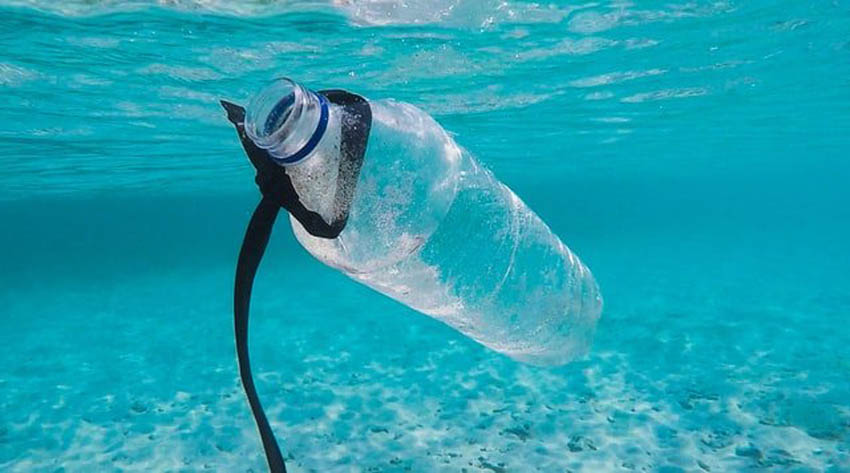
Photo: Gulf Business
There is no denying that plastic is an ingenious material. Composed of long chains of synthetic polymers, plastic is strong, light, and highly flexible. It can be manipulated into a multitude of forms, from drinking straws and bottles to car parts and diapers.
Since the 1907 invention of Bakelite, the first synthetic plastic, the world has been plastics-crazy. According to a research by Pew Charitable Trusts the amount of plastic entering the ocean each year would grow from 11 million metric tons to 29 million metric tons by 2040.
According to a report presented in the World Government Summit in February 2019, 11 billion plastic bags are used annually in the UAE, which is the equivalent of 1,184 plastic bags per person per year compared to a global average of 307 plastic bags per person per year.
Unfortunately, it now turns out, the increasing use of this versatile substance has come at a high cost to the planet. Such statistics, along with distressing photographs of birds and mammals tangled-up in — and even consuming — plastic waste, have highlighted the magnitude of the problem.
Data is not only being used to track the whereabouts and volume of plastic on our planet; it is supporting the drive to reduce our dependence on it.
The data of where and how much
TOPIOS (Tracking of Plastic in Our Seas) is a 3D mapping platform that uses data to model how plastic litter moves through oceans. The project is coordinated by Erik van Sebille, an oceanographer and climate scientist at the University of Utrecht.
Mikael Kaandorp, a PhD student also based at Utrecht, is investigating the use of machine learning to incorporate plastic distribution data into TOPIOS’ models. Kaandorp explains that more research is needed to determine where most of the plastics that enter the oceans ends-up, “Some rough estimates are in the order of some million tonnes per year, yet we only find about 1 percent of that in the surface waters,” he says.
TOPIOS is trying to work out where the other 99 per cent is by modelling the movement of plastics through waterways and oceans. The goal is to find out how much is in surface waters and how much is deeper waters — or on the seabed, beaches, and inside animals who have consumed it.
The Utrecht team simulate plastic litter pathways using a combination of field data and high-resolution ocean simulations. They release “virtual plastics” into their computer-generated models and track them using an open-source particle tracking toolbox called oceanparcels.
TOPIOS shows us where the plastic is settling. And Our World in Data, a non-profit website produced by the University of Oxford and Global Change Data Lab, makes plastics-related data freely accessible. It covers topics such as plastic production, sector usage, and waste mismanagement.
A #plasticfree future?
As governments, businesses, and individuals act, data is already revealing where progress is being made and where it is lacking.
A 2018 UN Environment report reviewed the legislative steps countries are taking to limit the use of three key contributors to plastic pollution: bags, single-use items, such straws and microbeads, found in products such as facial washes and detergents.
The authors found that there had been “surging momentum for plastic bag bans” and that 66 per cent of countries worldwide have laid down legislation. However, they also found that plastic microbeads are currently only banned in eight out of the 192 countries reviewed.
Kandroop believes that to be effective, actions need to be more targeted. TOPIOS, he adds, can help devise solutions by helping stakeholders understand where plastic litter is. For example, when plastic sinks quickly and is found close to pollution sources, such as rivers, it makes sense to focus clean-up actions at those locations rather than in the middle of oceans.
Earlier this year in March, The Environment Agency – Abu Dhabi (EAD) announced a plan to make the Emirate free of single use plastic by 2021.
A #plasticfree future is an ambitious aim, but data has shown that it is a necessary one. Preventing further harm to the environment now depends on the actions of individuals, businesses, and nations — the power of data may help make a difference.
-

Moldovan youth is more than ready to join the EU
2024-04-18 -

UN says solutions exist to rapidly ease debt burden of poor nations
2024-04-18 -

'Human-induced' climate change behind deadly Sahel heatwave: study
2024-04-18 -
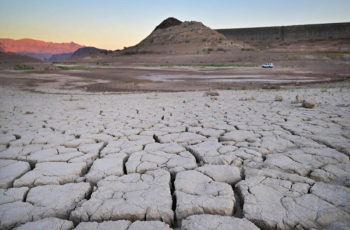
Climate impacts set to cut 2050 global GDP by nearly a fifth
2024-04-18 -

US sterilizations spiked after national right to abortion overturned: study
2024-04-13 -
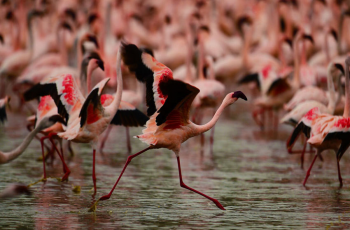
Future of Africa's flamingos threatened by rising lakes: study
2024-04-13 -
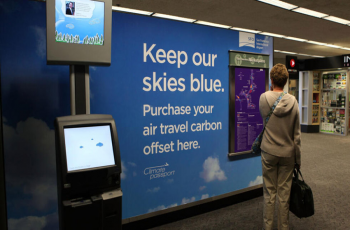
Corporate climate pledge weakened by carbon offsets move
2024-04-11 -
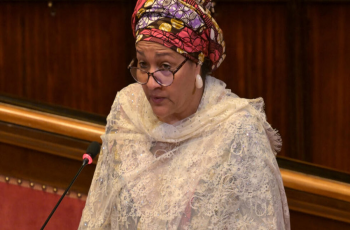
Humanity lost 'moral compass' on Gaza: top UN official
2024-04-10 -

No.1 Scheffler says patience and trust are secrets to success
2024-04-10 -

From homeless addict to city chief: the unusual journey of Canadian mayor
2024-04-10
